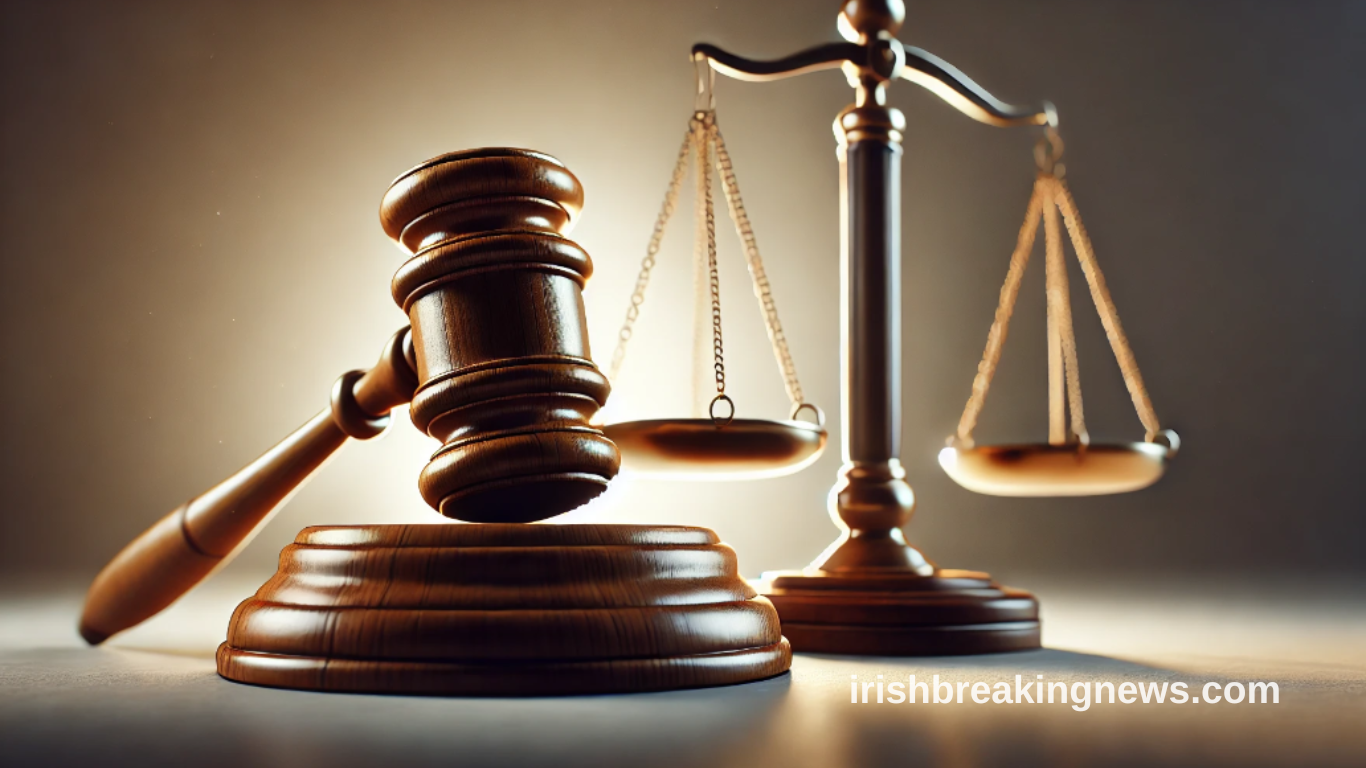In recent years, judges across various jurisdictions have faced an unsettling rise in personal threats. These incidents are not just limited to verbal intimidation but extend to physical dangers, surveillance, and even attempts to compromise their private residences. Such developments are pushing the judiciary to rethink their traditional reliance on law enforcement for protection.
Amid rising hostilities, some judges are considering taking control of their personal and family security measures. This shift is seen not just as a precaution but as a necessary step to ensure safety in an increasingly volatile social and political climate. The idea of judges hiring private security or installing sophisticated surveillance systems at home is gaining traction.
Read More : Lightning-Fast Deportations Emerge as Top Issue in Trump’s Standoff With Courts
This evolution in judicial safety highlights a more profound concern about maintaining impartiality while managing fear. As threats become more personal, the judiciary faces difficult decisions about their protection and the ethics surrounding self-managed security.
Growing Threats Against Judges Across the Nation
Rise in Threat Incidents and Public Aggression
Judges are reporting more instances of harassment and intimidation. These range from threatening emails and doxxing to attempts at physical harm. In high-profile cases, judges become lightning rods for political or ideological backlash, turning routine rulings into national flashpoints.
Social Media and the Amplification of Threats
The internet has become a significant conduit for threats. Social platforms allow anonymous users to target judges, spread personal information, and incite hostility. The speed and reach of online content can escalate a threat within hours, often leaving law enforcement behind the curve.
Judicial Independence and the Security Dilemma
Concerns Over Impartiality and Influence
Managing personal security independently raises complex ethical concerns. Critics argue that self-handled security could blur the lines of impartiality, especially when protection decisions intersect with case-related tensions. Judicial independence must remain untouched by security biases or affiliations.
Policy Gaps and Institutional Responses
Many courts lack comprehensive safety protocols tailored to modern threats. While federal judges may receive marshals’ protection in extreme cases, local and state judges often operate without robust institutional security plans. This inconsistency drives the push for self-directed solutions.
Exploring Personal Security Options
Private Security Firms and Custom Safeguards
Some judges are turning to private firms for tailored security services. These include residential surveillance, panic buttons, threat monitoring, and secure transportation. These personalized services offer faster response times and continuous monitoring beyond traditional police patrols.
Tech Solutions for Remote Monitoring and Alerts
Judges are increasingly installing smart home technologies. These systems include motion-detecting cameras, smart locks, and AI-powered alert systems that notify authorities and the judge instantly. Remote monitoring provides peace of mind without the need for constant on-site personnel.
Collaboration With Law Enforcement
Balancing Privacy With Police Coordination
While judges explore private security, most still maintain communication with local police. The goal is to establish dual layers of safety public and private without compromising confidentiality. Some jurisdictions have launched judicial protection units to address these concerns.
Training Judges for Situational Awareness
Judicial associations now offer workshops on personal safety, digital hygiene, and emergency response. These programs equip judges with tools to identify, report, and react to potential threats, creating a proactive security mindset.
Public Trust and the Perception of Security
Impact on Courtroom Integrity
Visible security measures can influence public perception. Overly aggressive safeguards might suggest a biased or fearful judiciary, while lax security may project vulnerability. The balance lies in maintaining safety without compromising court dignity.
Educating the Public on Judicial Protection Needs
Transparency plays a role in shaping public support. Courts and judicial bodies are beginning to communicate more openly about the need for enhanced safety, not as a luxury but as a necessity for unbiased and uninterrupted judicial functioning.
Frequently Asked Questions
Why are judges facing more threats today?
The rise in political polarization and social media usage has increased targeted threats against judges, especially after controversial rulings.
Do judges receive government protection?
Federal judges may receive U.S. Marshals protection, but many state and local judges rely on minimal or no formal security services.
What types of threats are most common?
Common threats include online harassment, physical surveillance, doxxing, and direct verbal intimidation.
Are private security services legal for judges?
Yes, judges are permitted to hire licensed private security firms to enhance their safety and that of their families.
How do tech tools improve judicial security?
Smart cameras, motion sensors, and alert systems offer real-time monitoring and quick threat responses, boosting overall safety.
Can personal security affect a judge’s impartiality?
While concerns exist, transparency and ethical boundaries help maintain impartiality even when personal safety measures are adopted.
What training is available for judicial safety?
Various organizations offer training in personal safety, situational awareness, and digital protection tailored to judges’ unique risks.
Is judicial security becoming a national issue?
Yes, rising threats have led to increased discussions in legal and political circles about nationwide judicial protection standards.
Conclusion
As threats against judges grow in both number and severity, the judiciary faces a critical choice. Embracing self-managed security strategies allows judges to take a proactive approach to personal protection while upholding judicial integrity. This evolving dynamic highlights the need for unified policies, advanced technologies, and informed public dialogue surrounding judicial safety.

